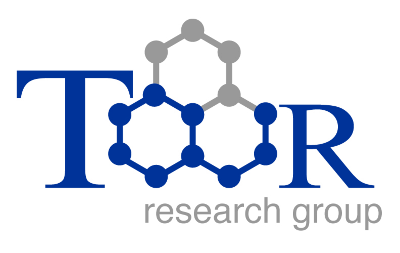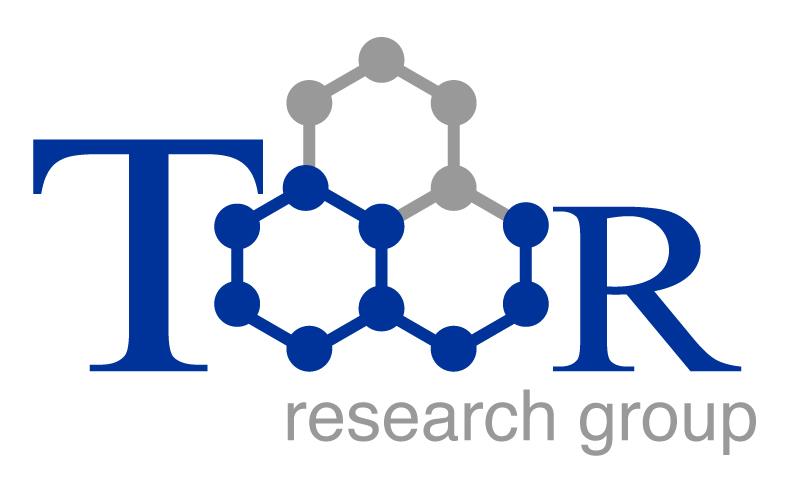An article featuring Joseph Cohen’s artwork mentions that it was created at Rice using laser-induced graphene, a technique pioneered by James Tour, the T.T. and W.F. Chao Chair in Chemistry and a professor of computer science and of materials science and nanoengineering. Tour is quoted in a Medical News Today article about his research that determined that polyethylene glycol and graphene quantum dots from common coal are just as effective at halting damage from superoxide and hydrogen peroxides as materials studied in 2013.
- The ink-free art is made by shining a laser into paper treated with a fire-retardant
- The energy of the laser beam turns carbon into microscopic flakes of graphene
- Now an artist is using the graphene as a unique medium for their ultramodern art
- The team has also created more traditional portraits and landscapes with lasers
- With graphene conducting electricity the method could make electronic art
Daily Mail (This article also appeared in Infosurhoy.)
Link to article.



